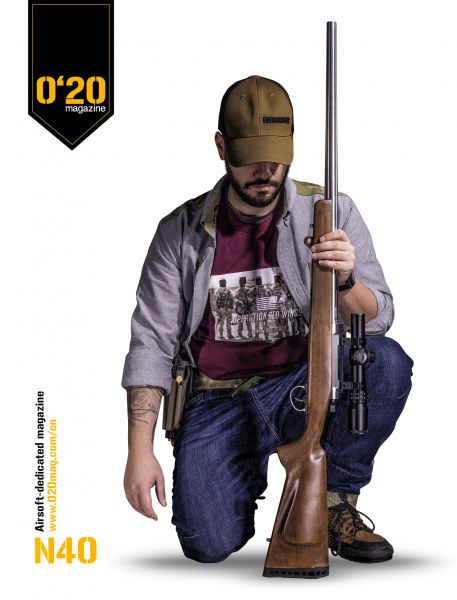HOPE IN THE BALKANS

Sieges, snipers, ethnic cleansing, concentration camps, refugees. The Bosnia-Herzegovina of the early 90s was an open wound in the heart of old Europe. News outlets from half the world broadcaster the cruelty of the war in the former Yugoslavia. When the figures approached 10,000 dead (including 1,500 children) and 50,000 injured by bullets and shrapnel, the United Nations Protection Force decided to take action. Spain had a new mission: RESTORING PEACE.
Context
The image of the Blue Helmets in Bosnia-Herzegovina is an icon of the military history of our country. It was the first Spanish humanitarian mission that took place in Europe. Their main objective was to secure the Neretva Valley. A hot spot in which Serbs, Croatians and Muslims were playing a dangerous tug of war that was about to snap. And right in the centre, its capital: Mostar.

An urban trap for any peacekeeping force, where the threat of snipers on one side or the other was constant. Spanish troops navigated these debris-strewn avenues, riding their BMR-600s and Cavalry Exploration Vehicles, to ensure the safety of the civilian population. Faithful rides that were painted white for that peace mission.
Outside the city, the tension was just as high. The Spanish blue helmets supervised the ceasefire between the contenders and escorted risky convoys of medicine and supplies. Miles and miles of steep, half-paved tracks that cut through the valley, the perfect spot for ambushes and accidents.

The recreation that illustrates these pages is situated in this context. This is a sergeant of the Spanish Army, deployed in the Extremadura Tactical Group, between October 1994 and April 1995.
Continue reading here: http://www.020mag.com/magazine/mobile/40/page/10










